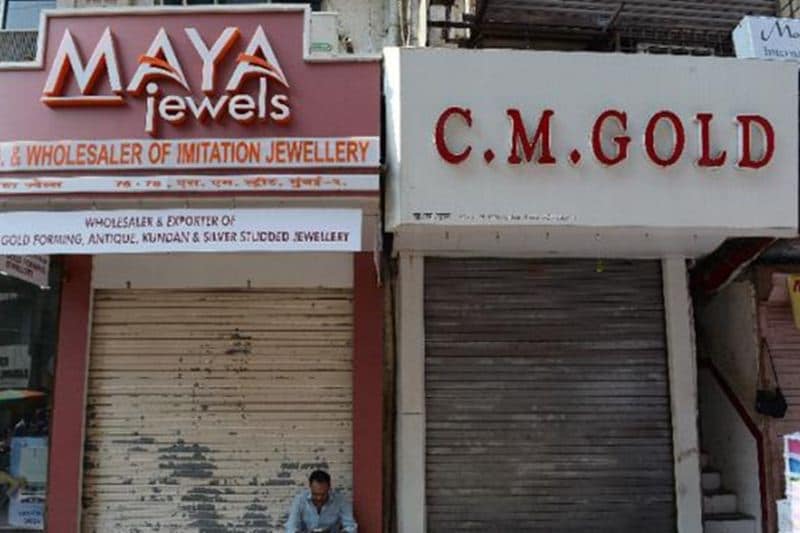-

Jewellers strike has been running now for over 2 weeks since FM Arun Jaitley imposed the excise duty on the jewellery trade – the All India Gems & Jewellery Trade Federation (AIGJTF), along with the representatives from many other jewellery associations from across the country, have been on a strike from March 2. Jewellery manufacturers are against the imposition of 1% central excise, without input tax credit and 12.5% excise with input tax credit on jewellery articles. The excise duty has been re- introduced in the Union budget of 2016-17 – the government doesn’t seem to be keen to withdraw this tax. But what exactly is this excise duty about, which is spoiling the wedding season as well as one of India's favourite pastime? We explain it here in 4 brief points: (AP)
-
1. The department of central excise says it will remove apprehensions that the newly-imposed 1% excise duty will affect the business of jewellery manufacturers. Rakesh Sharma, chief commissioner, central excise, Kolkata, said the trade has expressed doubts about the levy of this 1% excise duty on jewellery and there are apprehensions that this levy of 1% duty would bring back inspector raj. “But there are strict instructions that no inspector will visit premises of jewellery manufacturers and the department will depend on assesses self declaration." (AP)
-
2. Bachhraj Bamalwa, past chairman of AIGJTF, said the excise duty measure did not provide any tangible result in the past and it had to be withdrawn. “We fail to understand what is pressing the government to impose the duty again, which would affect millions of artisans and jewellery manufacturers,” Bamalwa said. Rakesh Sharma said the department would take assessee friendly measures as much as possible and it has decided to accept VAT documents and BIS documents for Central Excise registration. (AP)
-
3. Sharma said that artisans and jewellery manufacturers who only manufacture jewellery on a job work basis was not required to register with the Central Excise or pay duty. “Only if the turnover of a jeweler during the preceding financial year was more than Rs 12 crore, he will be liable to pay the excise duty. Jewellers having turnovers below Rs 12 crore during the preceding financial year will be eligible for exemption up to Rs 6 crore during the next financial year. Small jewelers will be eligible for exemptions up to Rs 50 lakh for the month of March 2016,” Sharma said adding that there was a substantial high small scale industries excise duty exemption limit of Rs 6 crore a year for jewellery manufacturers against the nominal SSI exemption limit of Rs 1.5 crore. The higher exemption limit for jewellers is Rs 12 crore against the normal SSI exemption limit of Rs 4 crore. (AP)
4. Although jewellery manufacturers felt that the duty would not bring tangible results, the central excise department officials felt that the duty would fetch revenue from 600 metric tonne of gold jewellery not studded with precious stones every year. The domestic jewellery industry was estimated at Rs 3.5 lakh crore, expected to touch Rs 5 lakh crore in the next two years. Sharma said that the imposition of the excise duty was a step to move towards GST. (AP)